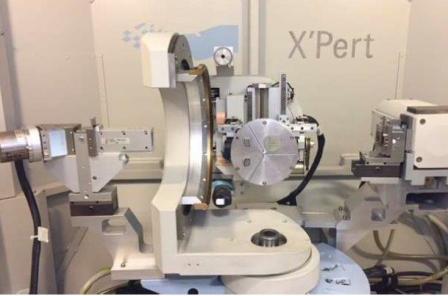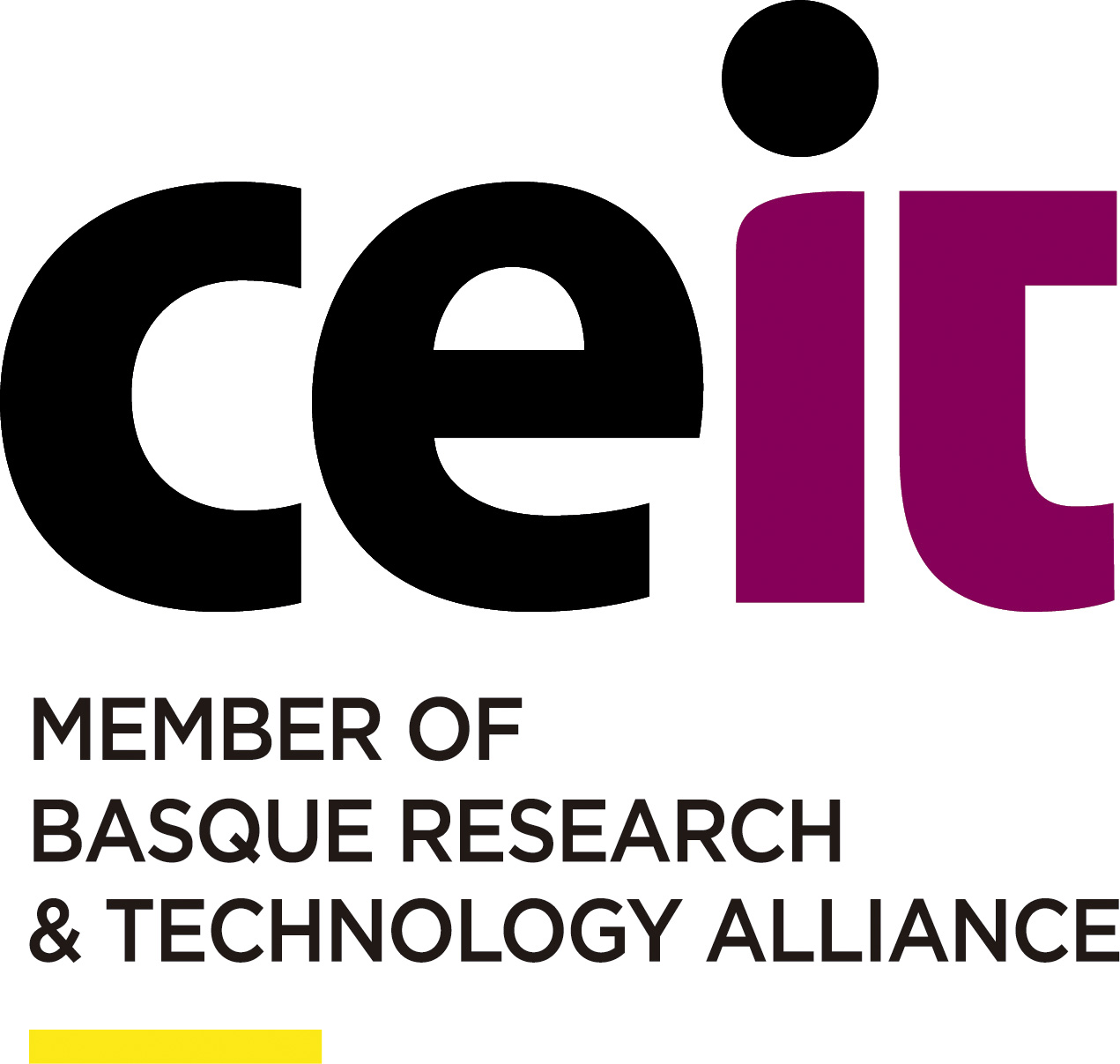NAME Difractómetro de Rayos X

Equipo de difracción X-Pert MRDde PANalytical. Tiene un radio de 320 mm y cuenta con una plataforma portamuestras con cuna de Euler (goniómetro) que permite no sólo el giro alrededor del eje del difractómetro (q) sino también alrededor de los dos ejes perpendiculares al mismo, f y y, por lo que es ideal para la medida de texturas cristalográficas y tensiones residuales. Permite además el movimiento en las direcciones x, y y z para el correcto posicionamiento de la muestra. Se trata de un difractómetro horizontal (el movimiento 2theta del detector se realiza en el plano horizontal) por lo que el portamuestra está en posición vertical que permite medir muestras con un peso máximo de 500 g y una altura máxima de 24 mm. Permite trabajar tanto con óptica de Bragg-Brentano como de haz paralelo. Este última se emplea especialmente para medidas de fases, parámetros de red y tamaño de cristalitos en películas delgadas mediante el método de incidencia rasante. Dispone de radiación de Cu y de Cr. Cuenta con un detector proporcional puntual. Este equipo se utiliza para tanto para la identificación y cuantificación de fases como para la medida de tensiones residuales (con radiación de Cu o Cr), de texturas cristalográficas y de análisis de fases en películas delgadas mediante ángulo rasante (con radiación de Cu) en muchos tipos de materiales (metales, cerámicos) y películas delgadas. Cuenta con los softwares HIGH SCORE para la identificación de fases así como STRESS y TEXTURE para el análisis de tensiones residuales y texturas. La difracción de rayos-X es una técnica insustituible para el análisis y caracterización de un amplio rango de materiales. En Ceit-IK4 se viene empleando en gran parte de los proyectos de la División de Materiales y Fabricación, así como en el Grupo de Monitorización de la División de Transporte y Energía para la caracterización de películas delgadas y sustratos nanoestructurados para distinto tipo de sensores innovadores.
FIELDS OF APPLICATION
Grinding and finishing technologies
MOST OUTSTANDING EQUIPMENT AND COMPONENTS
-
BRUKER D8 ADVANCE A25 X-ray diffraction equipment
BRUKER D8 ADVANCE A25 X-ray diffraction equipment. It has a radius that can vary from 250 to 300 mm and allows working in reflection and transmission mode. It has several sample holder platforms: XYZ table completely controlled by software that allows the exact positioning of the sample or its mapping by means of the X-ray beam; Euler cradle (goniometer) that allows not only the rotation around the diffractometer axis, but also around the two axes perpendicular to it, making it ideal for the measurement of crystallographic textures and residual stresses by the PSI or side-inclination method; and platform with monitored rotation that allows working in reflection and transmission modes. The primary optics allow work in both Bragg-Brentano with automatic variable divergence slit and parallel beam, the latter including a Göbel mirror for Cu Ka radiation and a polycapillary module that works with the most common X-ray radiation, ideal for the measurement of textures and residual stresses. It has an ultra-fast 0D/1D LYNXEYE XE-T detector with dispersive energies and high resolution that eliminates fluorescence and kb radiation, and acts as a diffracted beam monochromator. It has Cu, Co and Cr radiation and is used for phase identification and quantification as well as for residual stress measurements, crystallographic textures and phase analysis in thin films by grazing angle.
-
Co and Cr X-ray tubes
Parallel beam optics (pollicapilar lens, parallel plate collimator, graphite flat monochromator). Small angle slits for Grazing Incidence X-Ray Diffraction.
SERVICES OFFERED BY THE ASSET
Crystallographic texture
Measurement of the distribution of crystallographic orientations in bulk materials and thin films. Texture originates from forming processes of metallic materials, as well as after thin film deposition, in casting processes, etc.
Measurement of residual stresses
Measurement of superficial residual stresses due to machining, forming processes, thermal treatment, welding processes, additive manufacturing, thin film deposition etc. Measurement as a function of depth by material elimination with electrolytic polishing. Stress analysis usually with sen2psi method; measurement both in PSi and OMEGA mode.
Phase identification and quantification by conventional and grazing incidence in different materials and thin films. Quantification of crystallite size and micro-stresses.
Identification of crystallographic phases present in a material and their quantification (Rietveld method) in both bulk (conventional incidence) and thin film (GIXRD) materials. Quantification of crystallite size and micro-stresses based on the width of the diffraction peaks.
Quantification of fraction of retained austenite in steels
Measurement of amount of retained austenite in hardened steels based on the integrated intensity of several austenite and ferrite diffraction peaks, according to ASTM E975.
ENTITY MANAGING THE ASSET

Contact person:
Carmen García-Rosales
cgrosales@ceit.es